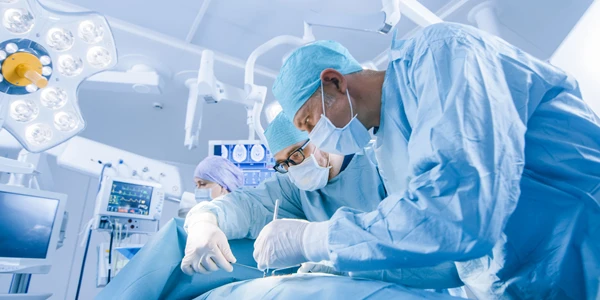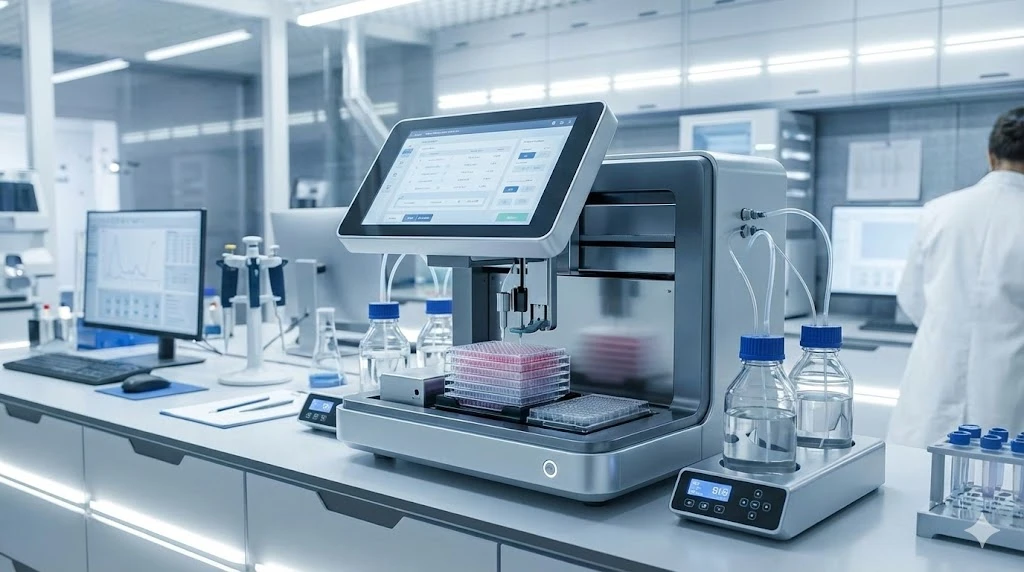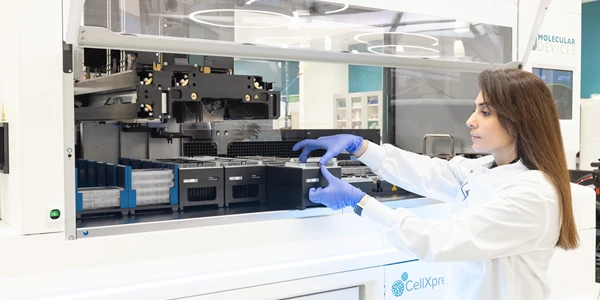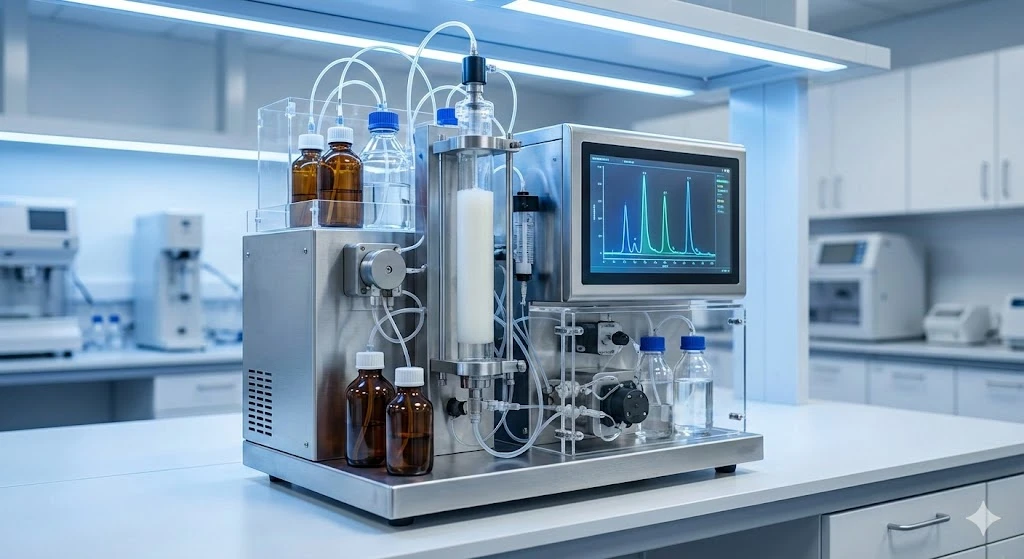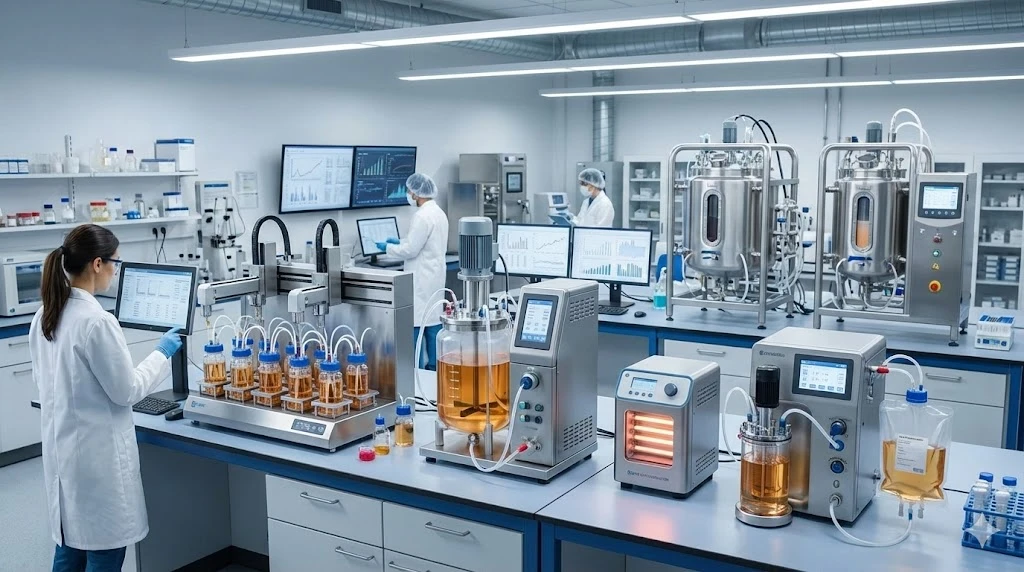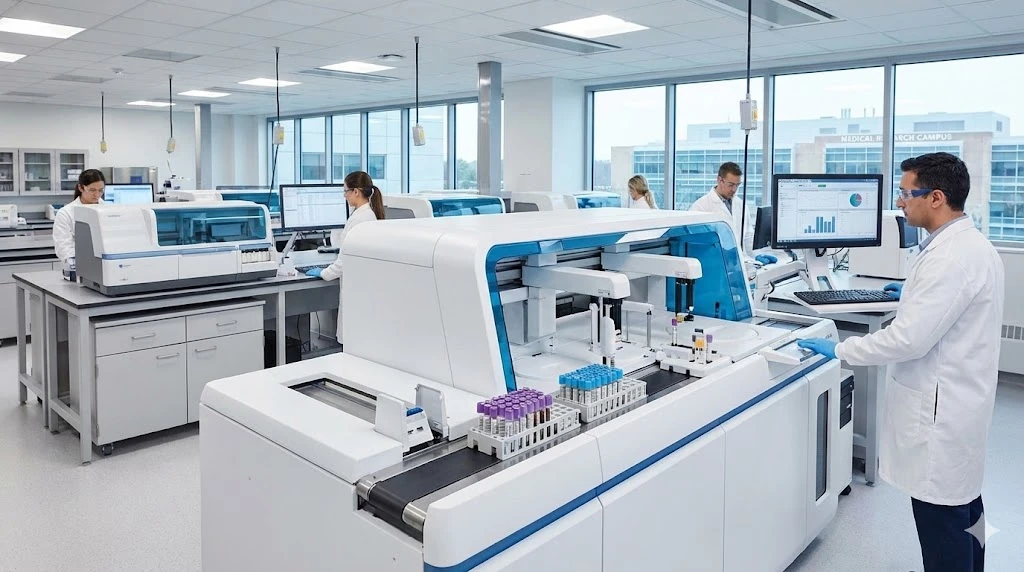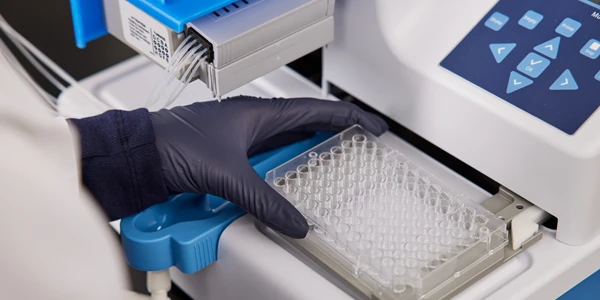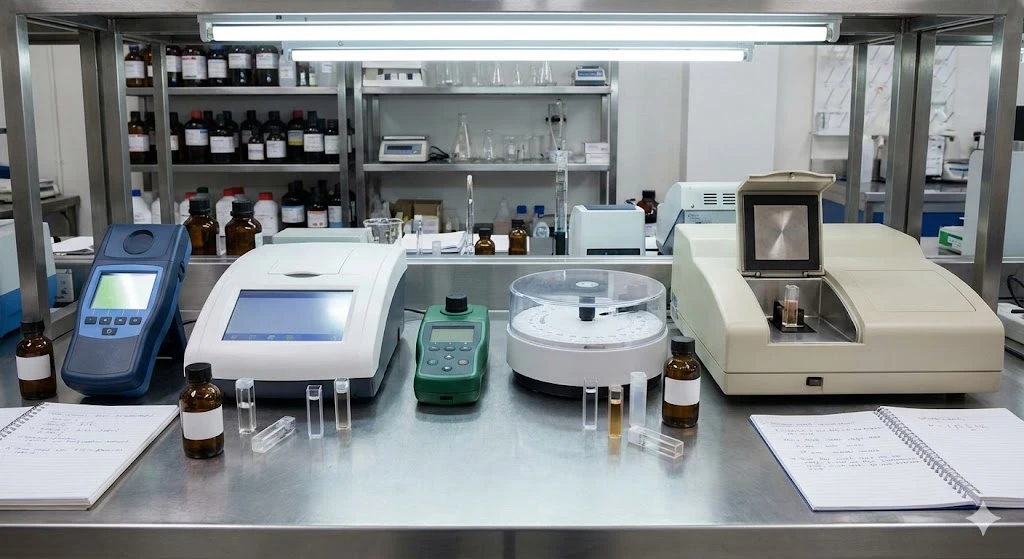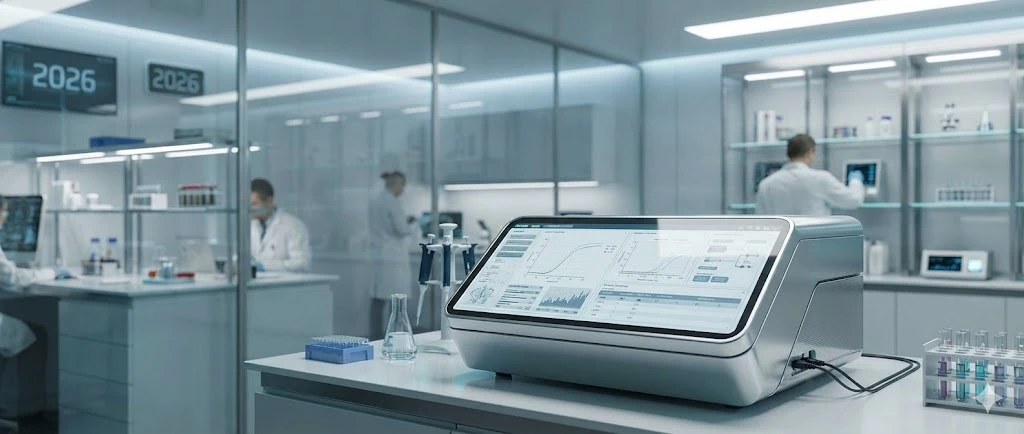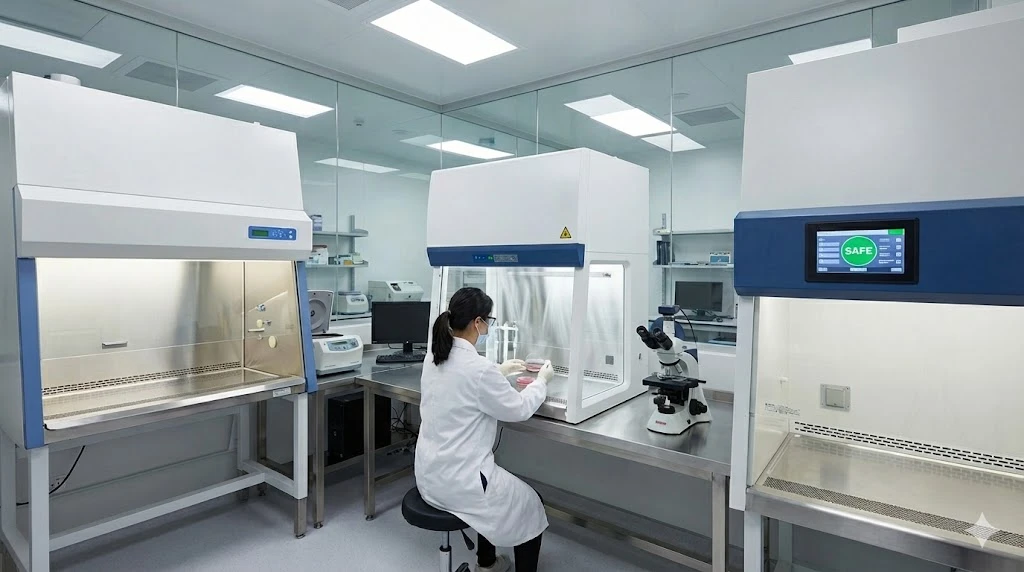Choosing the Right qPCR System for Your Lab
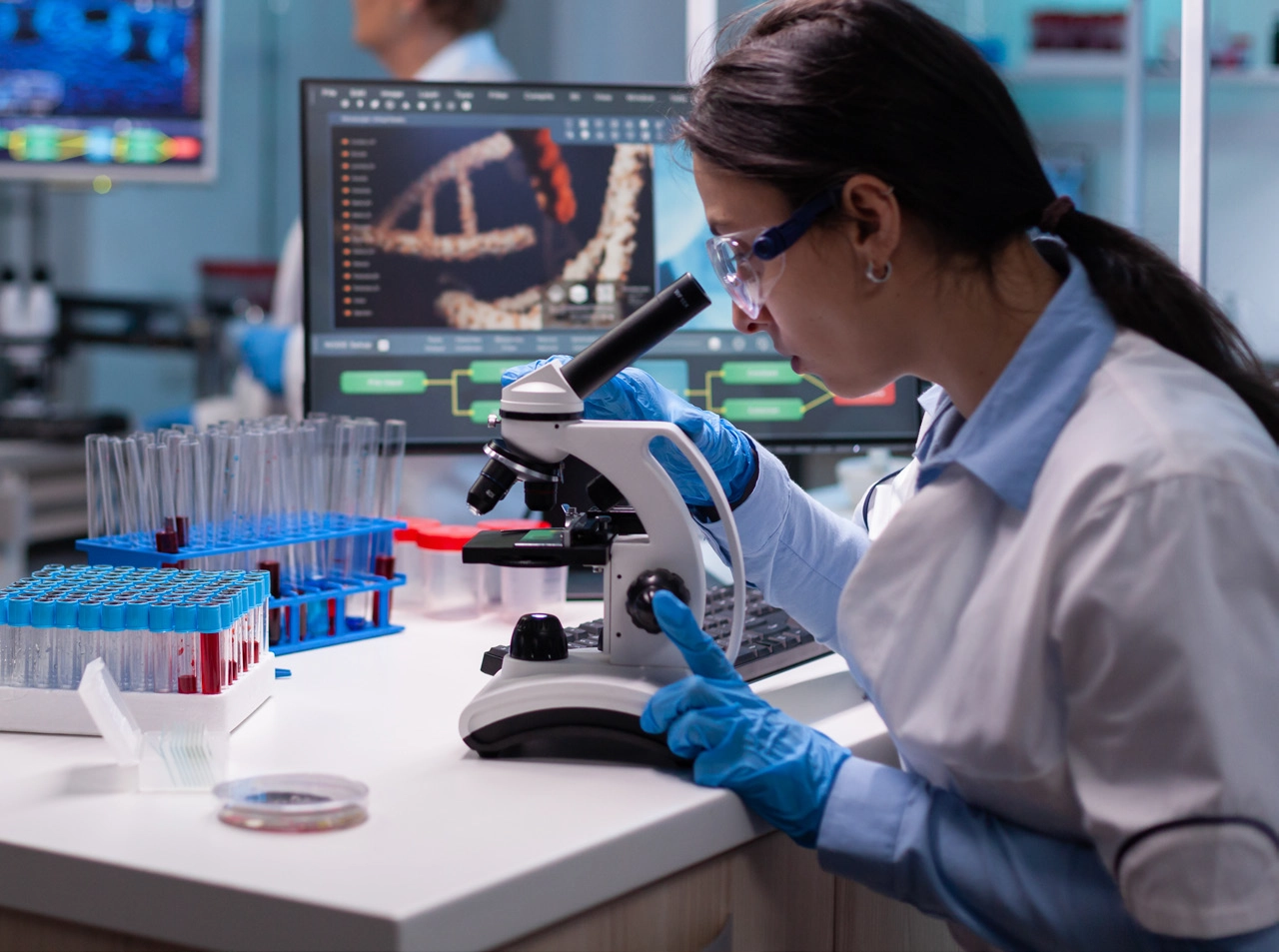
Selecting the most suitable quantitative PCR (qPCR) system for your laboratory is a critical decision that directly impacts your workflow and the quality of your research outcomes. For example, a clinical diagnostics lab that chose a high-sensitivity qPCR system experienced a significant improvement in pathogen detection accuracy, which enabled faster patient treatment and better health outcomes (source: Thermo Fisher Scientific - Real-Time PCR Applications). With various qPCR systems on the market, each offering unique features and performance levels, it's important to assess your specific needs to make the best choice. This article provides a guide on how to choose the right qPCR system, covering key considerations like assessing your needs, system performance, and efficiency.
Assessing Your Laboratory's qPCR Needs
Before diving into technical specifications and features, it’s important to assess the needs of your laboratory. Here are some aspects to consider:
Application Requirements: What kind of work will the qPCR system be used for? Whether it's gene expression analysis, pathogen detection, food safety testing, or mutation studies, different qPCR systems have specific strengths suited to particular applications. c
Throughput Needs: Evaluate the volume of samples you expect to process. Laboratories dealing with high volumes, such as screening and diagnostic labs, might require systems that can accommodate 96 or 384 well plates for increased throughput.
Budget Considerations: qPCR systems vary significantly in cost, not only in terms of the initial purchase price but also in ongoing costs related to reagents and maintenance. For example, basic qPCR systems can range from $15,000 to $30,000, while advanced systems with higher throughput and additional features can cost upwards of $100,000. Balance the features you need against your available budget.
Technical Expertise: Consider the technical skill level of your lab personnel. Some manufacturers offer training sessions and support services to help labs get started with new systems, which can be especially useful for teams with limited experience. Some qPCR systems are more user-friendly and designed for routine testing, while others require advanced technical knowledge.
Flexibility and Future Needs: Will your lab require the ability to scale up its experiments, or add new applications in the future? Selecting a flexible system with upgrade options can help save costs in the long run.
System Performance and Efficiency
Once you have a clear understanding of your laboratory’s needs, you can begin evaluating qPCR systems based on their performance and efficiency. Here are some key performance criteria to consider:
Sensitivity and Specificity: Look for systems that offer high sensitivity and specificity to detect low-abundance targets and distinguish between closely related sequences. Systems with fluorescence-based detection methods, such as TaqMan probes, provide excellent specificity.
Quantification Accuracy: A high-quality qPCR system should provide precise quantification of nucleic acids. Assess systems that offer a robust detection range and minimal variability between runs.
Reaction Speed: The speed of amplification is critical, especially for labs that need quick turnaround times. Systems that provide fast thermal cycling capabilities will help optimize efficiency.
Multiplexing Capability: If your lab needs to analyze multiple targets in a single reaction, look for systems that offer multiplexing capabilities. Multiplexing allows for simultaneous detection, saving both time and reagents.
Data Analysis Software: Consider the software provided with the qPCR system. It should be easy to use and offer comprehensive analysis options. User-friendly data analysis can significantly reduce the time spent on processing results.
Reliability and Reproducibility: Reliable and reproducible results are fundamental to any laboratory. Look for qPCR systems with a proven track record and consistent performance across multiple runs.
Comparing qPCR System Options
After assessing your needs and identifying the performance criteria that are most important to your lab, it's time to compare the available options:
Conventional qPCR Systems: These systems are ideal for straightforward applications where cost is a key factor. They are perfect for routine analysis and can meet basic quantification needs without advanced features.
Digital Droplet qPCR (ddPCR): For laboratories requiring absolute quantification and extreme sensitivity, digital droplet PCR is a great option. It partitions the sample into thousands of individual droplets for precise measurement, making it highly suitable for low-abundance or rare target detection.
Multiplex qPCR Systems: If your lab needs high throughput and the ability to measure multiple targets simultaneously, multiplex qPCR systems are a perfect fit. These systems offer increased efficiency by reducing the number of reactions needed.
Portable qPCR Systems: In certain fields like environmental testing or agriculture, portability may be a priority. Portable qPCR systems are compact and provide the flexibility to perform testing outside of a traditional lab setting.
Making Your Final Decision
Ultimately, the right qPCR system for your lab will depend on the unique combination of your applications, workflow demands, and budget.
Checklist for Choosing a qPCR System:
Define Your Applications: Identify whether your needs include pathogen detection, gene expression analysis, or other applications.
Assess Throughput Needs: Determine the volume of samples you need to process regularly.
Consider Budget: Balance the initial cost with long-term expenses, including reagents and maintenance.
Evaluate Technical Expertise: Ensure the system matches the skill level of your lab personnel.
Check Flexibility: Consider if the system can adapt to future needs or potential scaling up. Keep in mind that the long-term cost of ownership includes consumables, reagents, maintenance, and potential software upgrades. Take advantage of product demonstrations, consult colleagues who have experience with various systems, and read product reviews before making a final decision.
Conclusion
Choosing the right qPCR system is a significant investment that can have a major impact on your research productivity and data accuracy. By carefully assessing your laboratory's needs, evaluating system performance, and comparing different options, you can find the system that best suits your lab’s goals. Investing in the right qPCR system now will pay dividends in terms of efficiency, accuracy, and the ability to meet future challenges.
